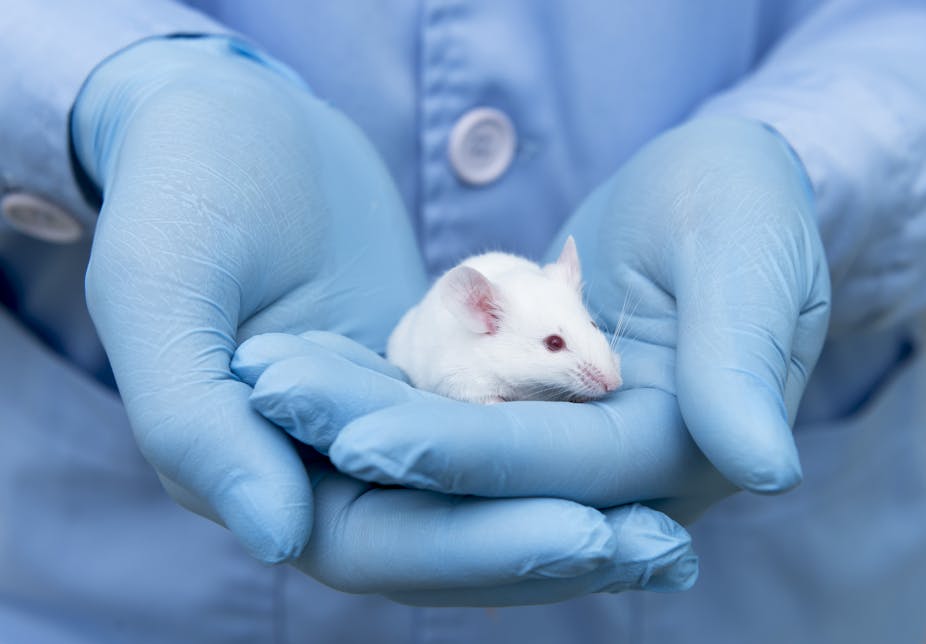
What is OECD ?
The Organizations for Economic Co-Operation and Development (OECD) is the International organization for policy making on various dimensions of economy with prime intention to serve world's larger economies. As per the official website of organization, OECD works for developing evidence based international guidelines and policies for social, economical and environmental challenges. Currently headquartered in Paris, OECD has 37 member countries, with more than 1000 locations for regional development and has invested $309 millions for promoting health and safety by involving various governments, leaders, policy makers and citizen.
Testing of Chemicals
 |
| https://theconversation.com/breakthrough-could-end- animal-testing-in-carcinogen-research-99578 |
Among the various guidelines developed by OECD, "Testing of Chemicals - Section 4" is the most relevant for all researchers and aspirant. This is the comprehensive guideline prepared from more than 150 internationally agreed testing methods by various authorities and is used specifically for identifying and characterize potential hazards of chemical substances. This guideline is the basis of all the toxicological / pre-clinical studies on 'medicines and newly discovered potential drugs' all over the world. Amongst almost 100 tests described in section 4, here, I have mentioned few with most clinical relevance below:
- 402: Acute Dermal Toxicity
- 403: Acute Inhalation toxicity
- 405: Acute eye irritation/corrosion
- 407: Repeated dose 28 days oral Toxicity study in Rodents
- 408: Repeated dose 90 days Oral Toxicity study in Rodents
- 409: Repeated dose 90 days Oral Toxicity study in Non- Rodents
- 417: Toxicokinetics
- 420: Acute toxicity stud- Fixed Dose Procedure
- 421: Reproduction / developmental toxicity screening test
- 423: Acute Oral toxicity - Acute toxic class method
- 424: Neurotoxicity study in Rodents
- 425: Acute oral toxicity - up and down procedure
- 426: Developmental Neurotoxicity study
- 451: Carcinogenicity study
- 453: Combined chronic Toxicity/ Carcinogenicity study
Above mentioned test are few examples that includes revised version of similar test developed earlier too. Amendments and revisions are made based upon the various conference conclusions, current availability of testing laboratory/ facilities and scientific needs.
For example, Acute Oral toxicity study test 401 was firstly developed in 1987, which got revised and released in 1992 as fixed dose procedure by taking death of animals as endpoint to calculate LD50 value. In 2002, Instead of waiting for animal to die, they developed certain toxico/pathological signs as the measure of LD50 calculation. This new method is less painful for tested animals as well as easier for researchers to get data earlier. Till today, Test 420 and 423 are the most commonly used testing methods for determination of LD50 for any chemical.
All of these 96 testing methods are available in OECD online library. Click on the following link to get access to them
https://www.oecd-ilibrary.org/environment/oecd-guidelines-for-the-testing-of-chemicals-section-4-health-effects_20745788www.oecd.org
https://www.youtube.com/watch?v=9zYqt-iQ4ns
Thank You !!!
